FORT SAM HOUSTON, Texas -- Members of the 509th Airborne, past and present, dropped in on Camp Bullis Aug. 21.
A group of veterans from the 509th Parachute Infantry, including six World War II veterans were in San Antonio for their yearly reunion. The group came to Camp Bullis to watch 39 Soldiers from 509th Airborne Infantry from Fort Polk, La., jump from a C130 airplane.
"We have an annual reunion to commemorate our jumps in Europe, and the fighting 509th," said 85-year-old John Devanie. "I served in the 509th from 1942 to 1945."
Each year, past members of the 509th Parachute Infantry come together to commemorate their service and to watch the Soldiers of the 509th Airborne Infantry jump.
"I enjoyed the jump very much," said James Maynard Pile, 87, from Elizabethtown, Ky.
According to the 1st 509th Web site, at the beginning of World War II, the U.S. Armed Forces saw the need for highly mobile units that could quickly be inserted into the theater of battle. An experiment began at Fort Benning, Ga., when a group of volunteers began jumping out of aircraft while in flight. This was the birth of the American paratroopers and the U.S. Army began forming Airborne units for combat.
March 14, 1941, Company A, 504th Parachute Battalion was constituted and then activated Oct. 5, 1941 at Fort Benning, Ga.
The 504th moved to Fort Bragg, N.C. for training in February 1942, and became part of one of the Army's first Parachute Infantry Regiments. The 503rd and 504th Parachute Infantry Battalions were joined together to form the 503rd Parachute Infantry Regiment, with the 504th being renamed Company D, 503rd Parachute Infantry on Feb. 24, 1942.
The 503rd sailed to Scotland in June 1942, becoming the first American parachute unit to go overseas in WWII. It was attached to the British 1st Airborne Division for training. Their training included mass tactical jumps from C-47 aircraft at 350 feet, extensive night training, and speed marching for 10 miles to and from the training area daily.
On Nov. 2, 1942, as the 503rd was staging for Operation Torch, the invasion of North Africa, it was reorganized and redesignated as Company D, 509th Parachute Infantry.
The 509th Parachute Infantry participated in several campaigns during World War II.
Eighty-nine-year-old Richard Fisco said he made his first jump in 1939, but his first combat jump was Nov. 8, 1942 when the 509th seized Tafarquay Airport in Oran, Algeria.
"I jumped in Avellino, Italy during the Salerno invasion," said Robert Poindexter, from Atwood, Ill.
Poindexter also participated in several other campaigns in Italy and Southern France.
The Web site also said the invasion of Italy began in September 1943 with an amphibious assault at Salerno. The 509th was initially in reserve with the 82nd Airborne Division in Sicily until the beachhead was in danger. On Sept. 14, 1943 the 82nd Airborne Division dropped inside American lines to reinforce the beachhead, the 509th was assigned the mission of cutting enemy supply lines behind the German defensive positions. The 509th operated independently for more than two weeks behind German lines, the unit reassembled in Salerno Sept. 28, 1943.
Dec. 10, 1943 the battalion was reorganized and redesignated once more to Company A, 509th Parachute Infantry Battalion, and recognized as an independent unit. From October through December 1943, the battalion operated with Darby's Rangers, and fought as Mountain Infantry in the high ground above Venafro, Italy.
"I was with the 509th in Southern France and during the Battle of the Bulge," said Robert Erikson, a World War II veteran, from Minnetonka, Minn. Erikson said he joined the paratroops so he could get into the war. "I got into it alright, I received two Purple Hearts.
Today there are two units of the 509th Airborne Infantry, one unit at Fort Polk, La., and the other at Fort Richardson, Ala.
For a detailed history of the 509th Airborne, visit www.jrtc-polk.army.mil/OPFOR/history01.htm.
(The historical information for this article was obtained from the 1st 509th history page on the Fort Polk, La.,Web site.)
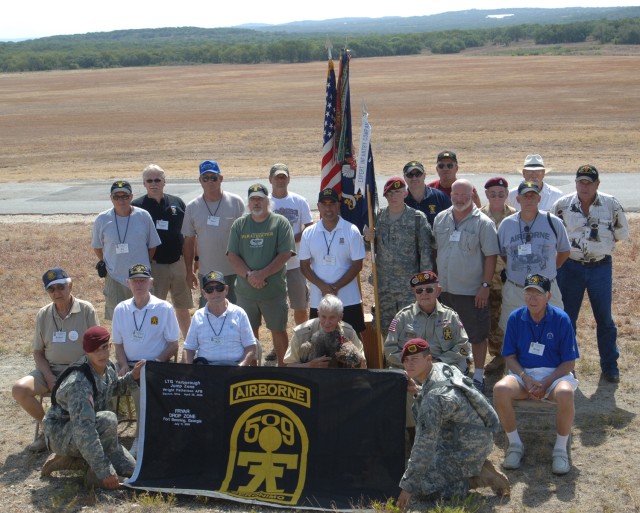
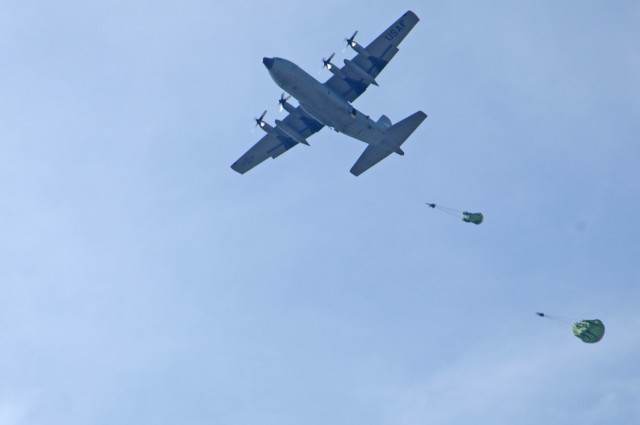
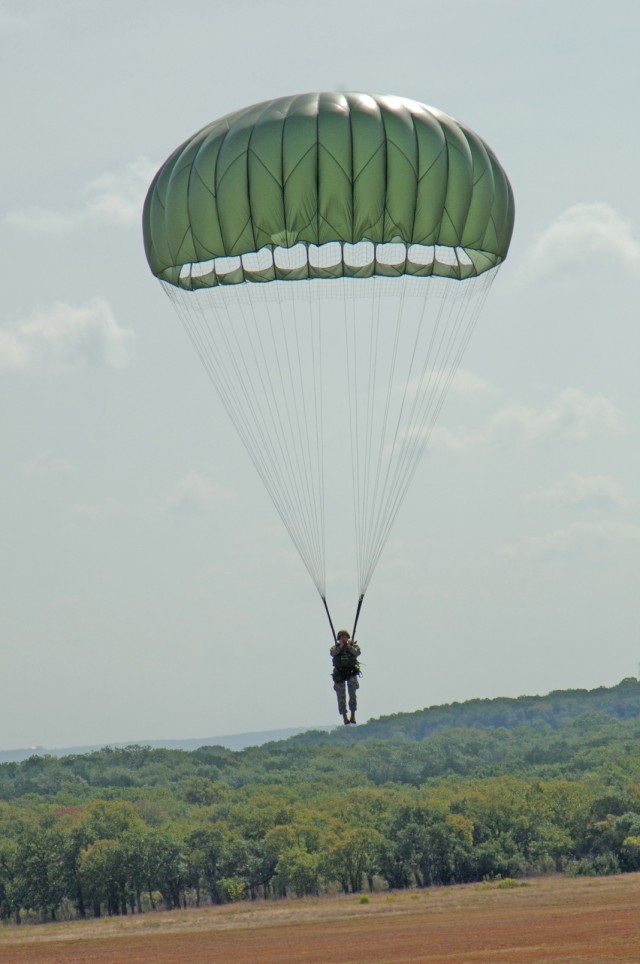
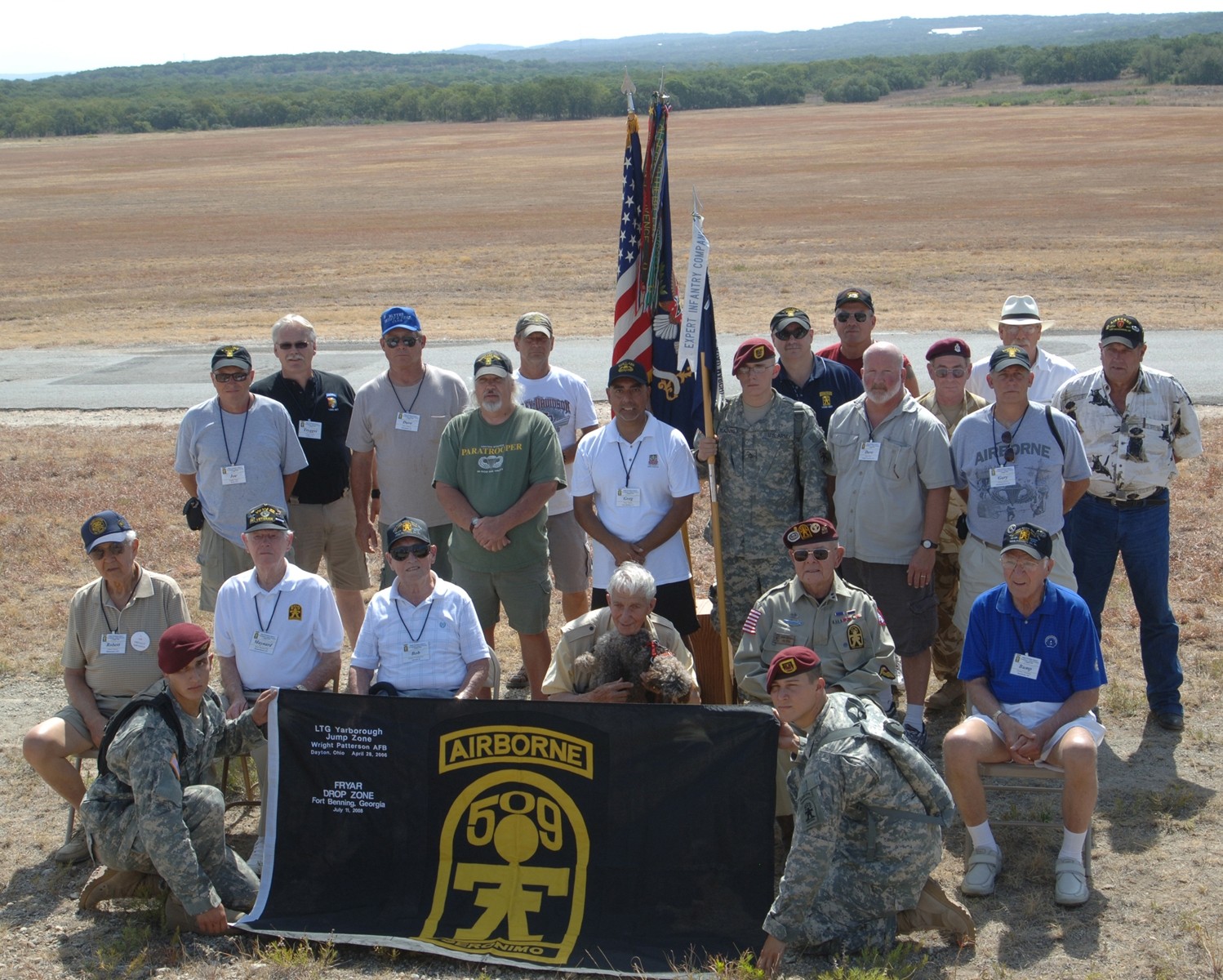
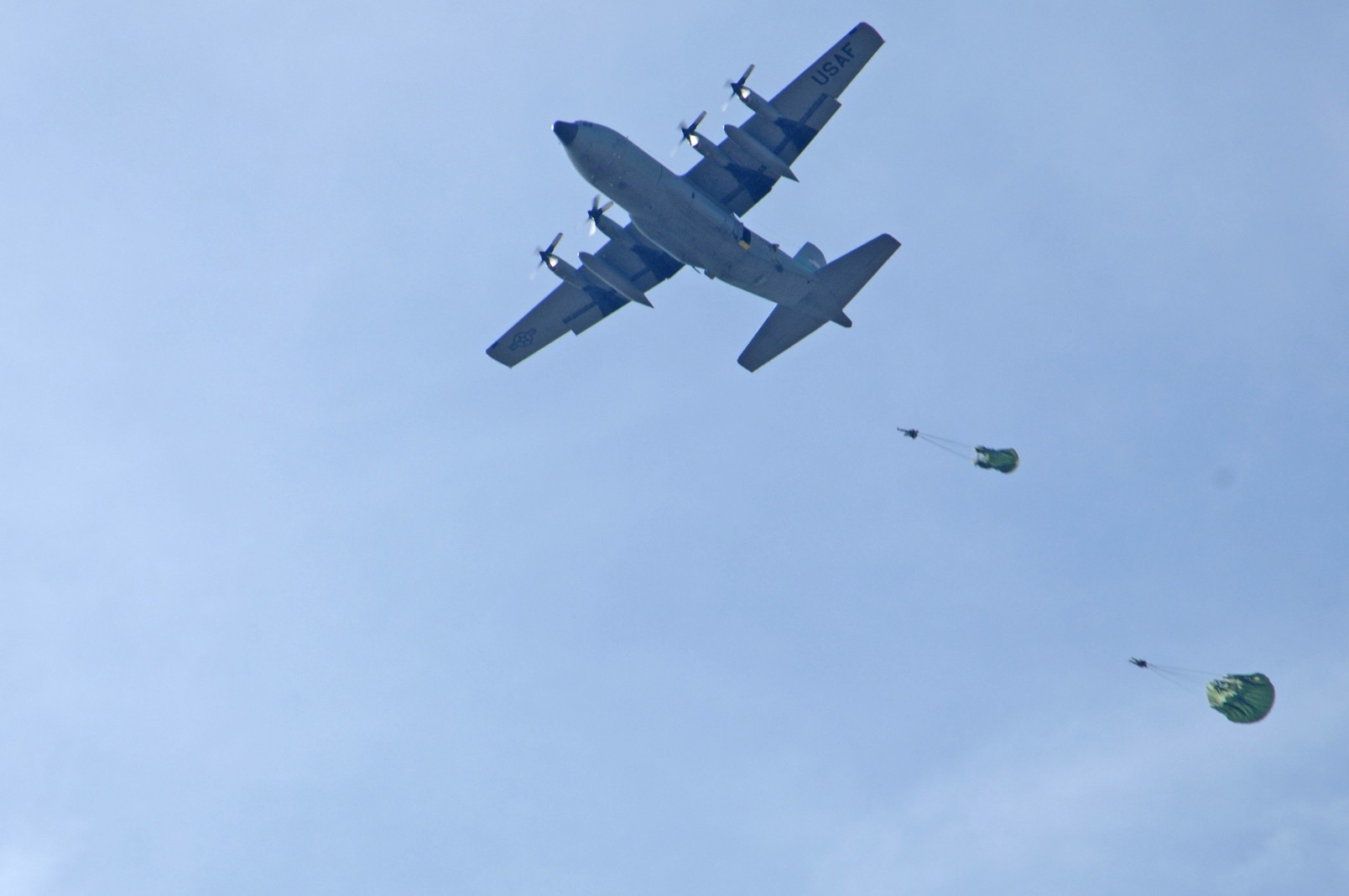
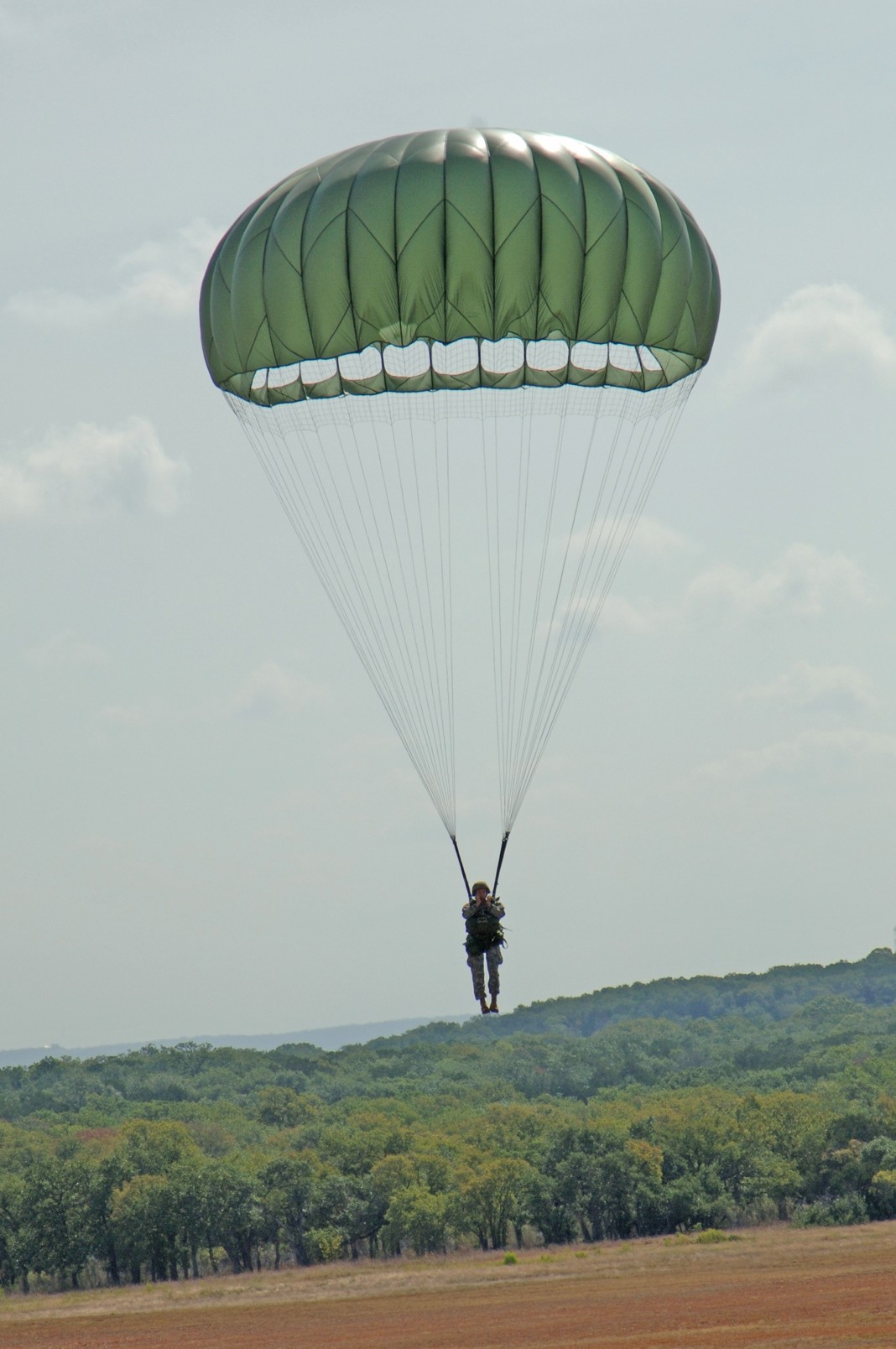
Social Sharing